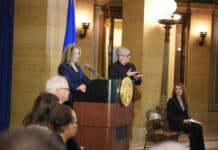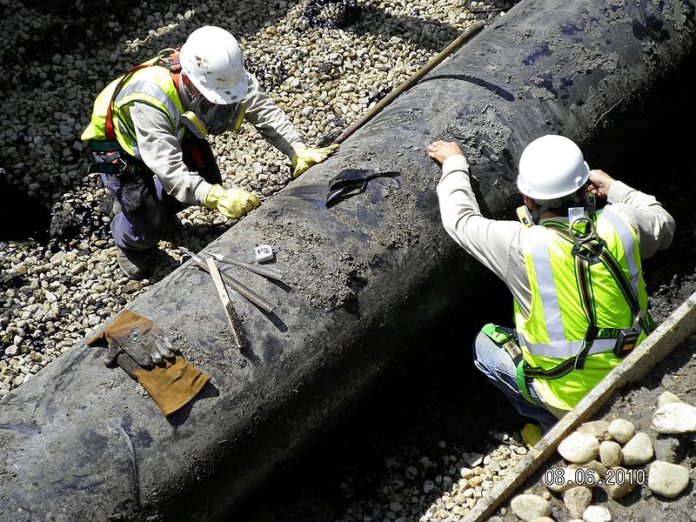MINNEAPOLIS- The Minnesota Department of Commerce (DOC) stated it will conduct 22 public hearings on Enbridge Energy’s proposed replacement for its Line 3 Crude Oil pipeline.
The DOC compiled a 1,894 page environmental impact statement (EIS) which does not recommend the preferred route set by Enbridge or any of the the four alternative routes. In order for pipeline construction to go through, the project requires two approvals from the Minnesota Public Utilities Commission, one in the form of a certificate of need (CN) and another which is a route permit. In order to receive a CN, the project must have an environmental impact statement (EIS)
The focus of the public meetings will be on updating the EIS so that a final draft can be made. These meetings will be presided over by an administrative law judge, whose role it will be to determine which public statements are admissible in the deliberation process for the final EIS. A final draft of the EIS will determine whether or not the Enbridge Line 3 project will receive a certificate of need (CN).
Some of the potential concerns have been brought forth by both environmental justice groups and indigenous rights groups. Margaret Levin, director of Sierra Club’s North Star Chapter said, “The fact remains that it’s never a question of whether a pipeline will spill but when.”
Indigenous groups, in particular the Ojibwe, worry about the risk of spill due to the proximity of the pipeline to the lakes where they harvest wild rice. They also worry about the proximity to the headwaters of the Mississippi River, and how a spill may affect the communities downstream.
Enbridge contends that the pipeline is necessary in order to meet the petroleum supply needs of the Petroleum Administration for Defense District 2 (PAD II), which includes Minnesota. This will be done by increasing the operational flexibility of the Enbridge Mainline System, which will optimize the pipeline system and reduce power utilization on a per barrel basis. The improvements to the pipeline will result in an increased capacity of 76,000 barrels per day. Enbridge in its routing permit application stated that, “these benefits will help to ensure the future adequacy, reliability, and efficiency of energy supply to Enbridge’s customers, and, as a result, to the people of Minnesota and neighboring states.”
The pipeline is connecting American refineries to the Alberta tar sands making the project transnational. The Government of Canada through its Natural Resources department has approved the project. Furthermore, the Environmental and Climate Change Canada (ECCC) has assessed GHG emissions associated with the pipeline and has determined that it can not be definitively determined whether emissions will increase as a result of the project.
In terms of indigenous rights, the Canadian government has set up a consultative advisory and monitoring committee, which will institutionally address the concerns of any native groups throughout the project life cycle.
Both Wisconsin and North Dakota have also cleared the project.
The project is estimated to cost $7.5 billion, with Enbridge directly fronting $2.6 billion. Other payments will come in the form of direct investment from the American and Canadian governments.

















